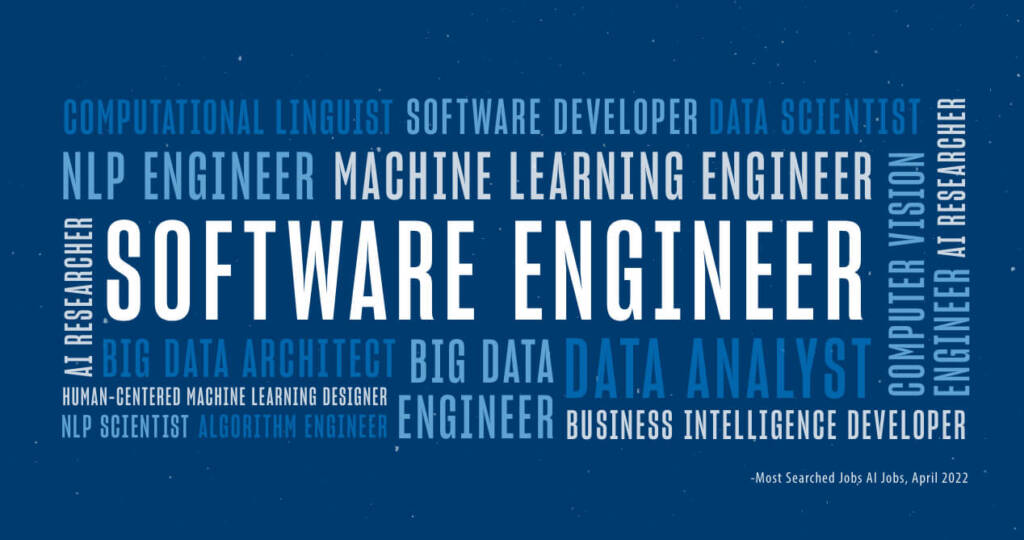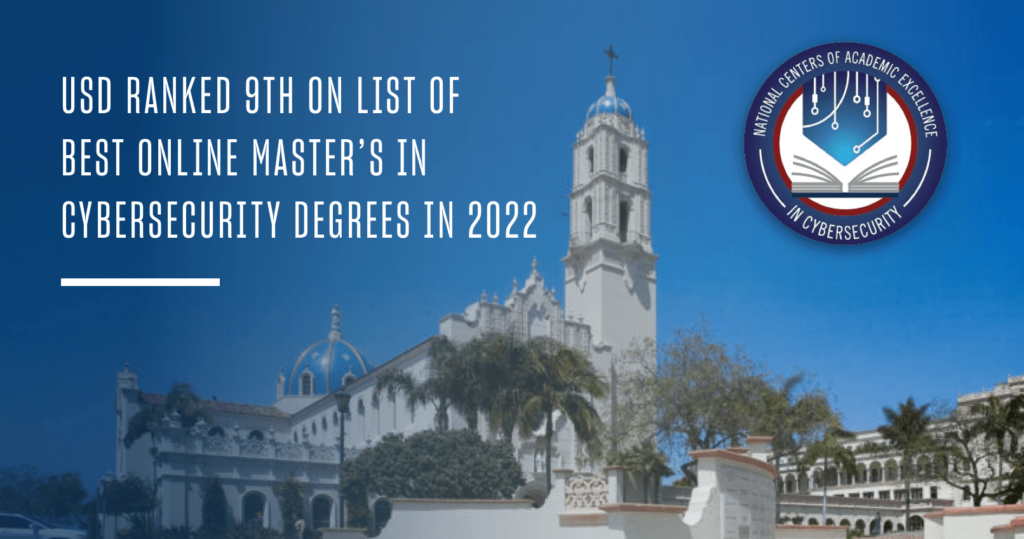A master’s in applied statistics and a master’s in data science share many similarities but differ significantly in terms of course content and career preparation. If you’re weighing your options between the two (or considering both!) and need a clear comparison, this guide has you covered.
Master’s in Applied Statistics Overview
A master’s in applied statistics focuses on the practical applications of statistical methods when it comes to real-world problems. This type of degree prepares you for positions in government, business, healthcare, education, marketing and other industries.
A typical program consists of core content courses in statistics methods and theories, focusing on topics such as probability and regression analysis. Depending on the curriculum, students may take elective courses that offer a specialization in areas such as environmental statistics or statistical computing.
Some programs may require a research or capstone project in order to graduate.
Master’s in Applied Data Science Overview
In the grand scheme of graduate education, the master’s in data science is a relatively new degree. Although the term “data science” has existed since the 1960s — often used interchangeably with “computer science” — it wasn’t until the 21st century that a clear distinction between the two fields emerged.
Topics in a data science graduate program typically include:
- Research design
- Data engineering
- Data visualization
- Machine learning
- Data cleansing/auditing
- Statistical analysis and programming
- Predictive modeling and text mining
Similarities & Differences Between the Degrees
While there is some overlap, these degrees are different in terms of curriculum and career paths. Here’s how they break down:
What they have in common
- Both programs have a strong foundation in statistical methods and principles.
- Both are extremely data-centric, emphasizing the importance of working with large datasets.
- They teach students how to analyze and interpret vast amounts of data effectively.
- Both programs focus on building robust data analysis skills.
- A solid understanding of math is a key requirement for success in either field.
- Finally, they provide students with the education needed to pursue career opportunities across various sectors, including healthcare, finance, technology and government.
How they differ
- Machine learning methods are often covered in greater detail in a data science program.
- Course content in statistics typically includes probability theory, regression analysis, experimental design and multivariate analysis
- Data science courses cover data mining, machine learning, data visualization, big data technologies and often domain-specific applications.
- While both programs prepare students to work in a variety of fields, graduates with a data science degree are often more likely to work in technology companies, startups, retail and e-commerce, or entertainment and sports analytics. In contrast, those with a degree in applied statistics tend to find roles in healthcare, government agencies, finance or academia and research.
Career Paths: What Can You Do With a Master’s in Applied Statistics?
Both degrees will prepare you for similar roles. With an applied statistics degree, however, you’ll be prepared for positions that typically require a strong foundation in statistical analysis, data modeling and often, proficiency in software development and programming languages such as R, Python, or SAS. Here are some common positions you can pursue with this type of education:
- Statistician — Designs experiments, analyzes data and applies statistical techniques to solve real-world problems
- Data analyst — Translates numbers and data into words and graphic visualizations to help organizations and companies understand how to make more informed business decisions
- Biostatistician — Applies statistical methods to biological and medical research, often analyzing clinical trials or public health data
- Quality control analyst — Ensures product or process quality by analyzing performance metrics and identifying areas for improvement
- Market research analyst — Examines market trends and consumer behavior to guide business strategies and decision-making
- Actuary — Uses statistical models to assess financial risks and develop strategies for insurance and investment
- Epidemiologist — Studies the distribution and determinants of diseases to improve public health outcomes
- Data scientist — Extracts insights from large, complex datasets using advanced statistical and machine learning techniques
- Research scientist — Conducts experiments and analyzes data to contribute to advancements in their specialized field
- Business intelligence analyst —Transforms data into actionable insights to improve business operations and strategy
- Operations research analyst —Applies mathematical and statistical methods to optimize organizational efficiency and resource use
- Sports analyst —Evaluates player and team performance using statistical data to enhance strategies and predict outcomes
Career Paths: What Can You Do With a Master’s in Applied Data Science?
With a master’s in data science, you can also qualify for many of the roles mentioned earlier — such as data scientist, data analyst, sports analyst, business intelligence analyst and operations research analyst. Additionally, this degree opens doors to other specialized roles, including:
- Quantitative analyst — Uses quantitative methods to help businesses and organizations make key business and financial decisions and solve complex problems
- Machine learning engineer — Builds and manages platforms for machine learning projects
- Data engineer — Ensures that the data used to drive informed strategies, decisions and actions is production-ready
- Data architect — Creates and oversees the large-scale management plan for an organization’s current and future data
- Data specialist — Collects, sifts through and examines large amounts of data and then present their findings in ways that will help a business or organization
- Artificial intelligence research scientist — Designs, creates and experiments with algorithms, models and systems to advance machine learning and AI technologies in order to solve challenging problems
- Business intelligence developer — Transforms vast volumes of data into actionable insights for a business or organization.
- Data consultant — Analyzes, interprets and leverages complex datasets to assist organizations in making informed, data-driven decisions
Masters in Statistics vs. Data Science
Looking for a quick side-by-side comparison? Here’s how the two degree programs stack up in terms of curriculum, content and career opportunities.
| Category | Applied Statistics | Data Science |
| Focus | Statistical methods, experimental design and data interpretation | Data analysis, programming, machine learning and big data |
| Curriculum | Probability theory, regression analysis, time series and survey sampling | Data wrangling, predictive modeling, machine learning and AI applications |
| Sample Courses | – Applied Regression Analysis – Experimental Design – Bayesian Statistics | – Foundations of Data Science and Data Ethics – Applied Data Mining – Machine Learning and Deep Learning for Data Science |
| Skills You’ll Learn | – Statistical modeling – Hypothesis testing – Data visualization | – Programming – Algorithm development – Cloud computing |
| Career Opportunities | – Biostatistician – Research analyst – Policy advisor | – Data scientist – Machine learning engineer – Data engineer |
| Industries | – Healthcare – Government – Finance – Academia | – Technology – Retail – Sports/entertainment – Startups |
Which Degree Is Right for You?
The right program for you will largely depend on your interests, passions, skillset and career goals. But here are a few key points to keep in mind:
- A master’s in statistics is geared toward those who enjoy mathematical theory, problem-solving, statistical modeling and statistical methodologies. If you’re looking at roles that focus on statistical analysis and research, this degree is probably the right fit.
- A master’s in data science is perfect for those who enjoy working with technology, programming and analyzing large datasets. If you’re drawn to AI and machine learning — such as building predictive models — and aspire to work in tech-heavy industries, this degree could be the ideal fit. It’s also a great choice for anyone passionate about using data to solve real-world problems and drive innovation.
Looking for More Information about a Master’s Degree in Data Science?
If you’re considering advancing your education in this field, it’s crucial to make informed decisions. Download USD’s free checklist — 7 Questions to Ask Before Selecting an Applied Data Science Master’s Degree Program — for key insights that are designed to help you select a program that will best help you achieve your career goals.
If you have any questions or would like more information specifically about USD’s Master of Science in Applied Data Science program, please visit the degree homepage to submit an information request. Once we receive your request, a USD enrollment advisor will be in touch shortly.



